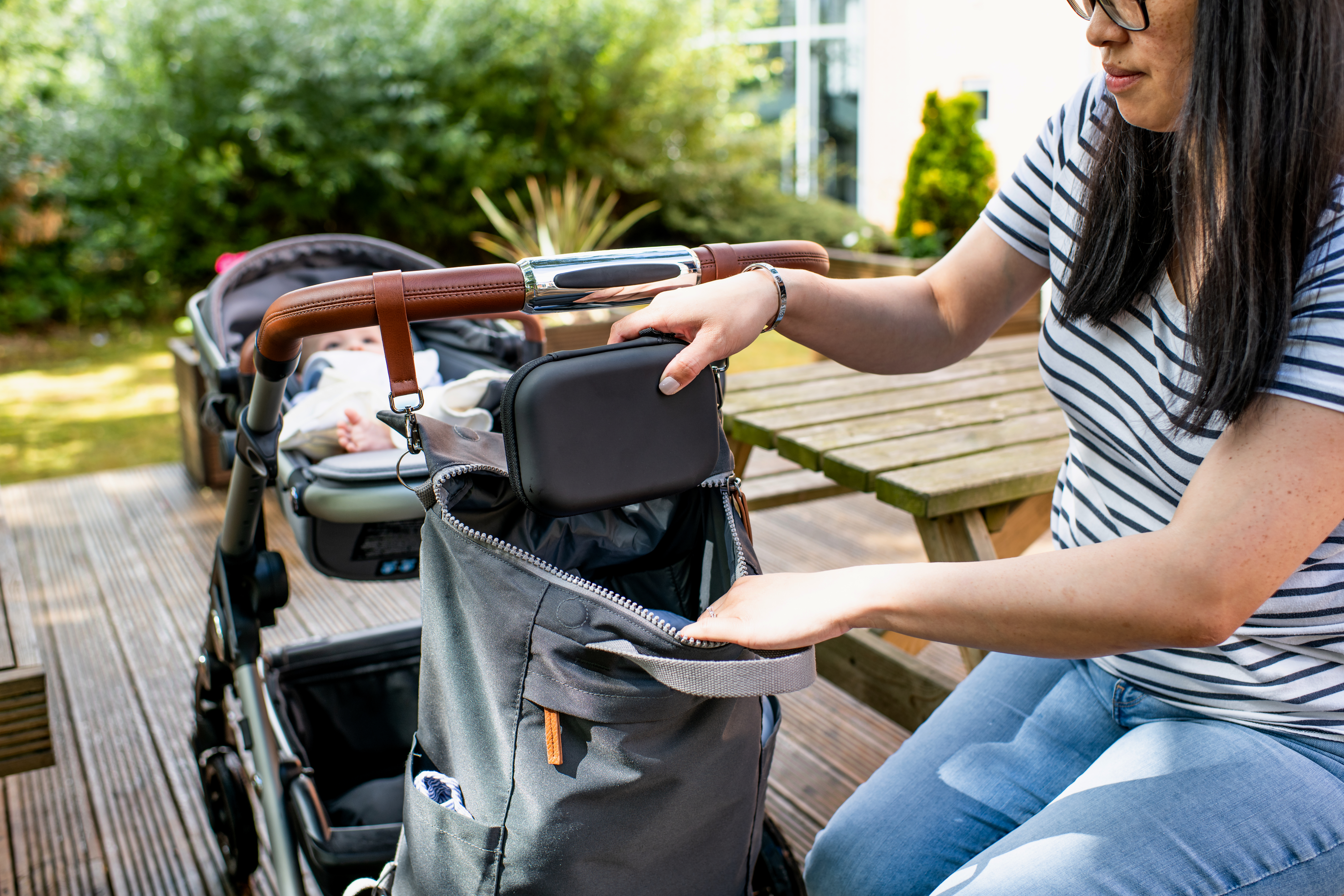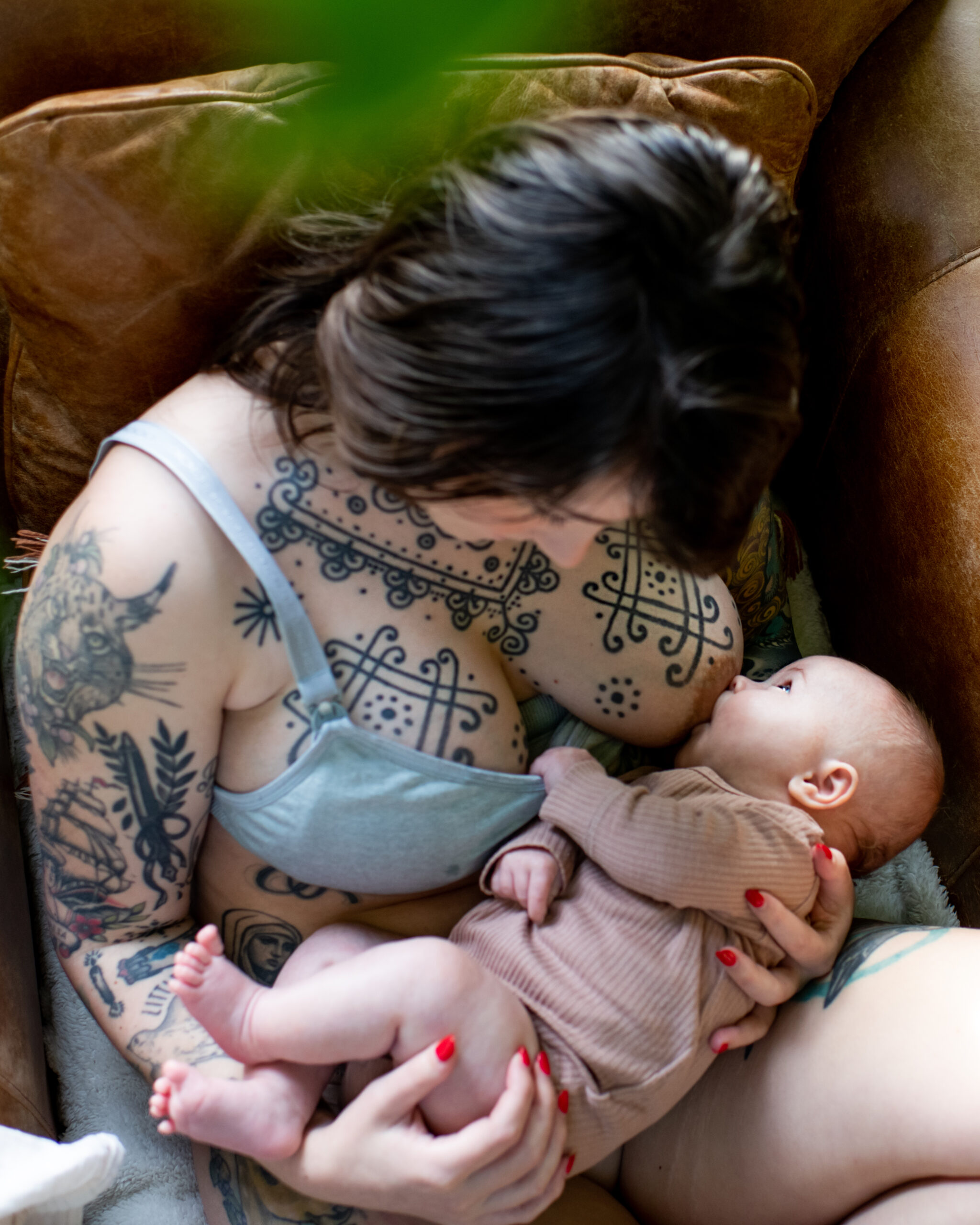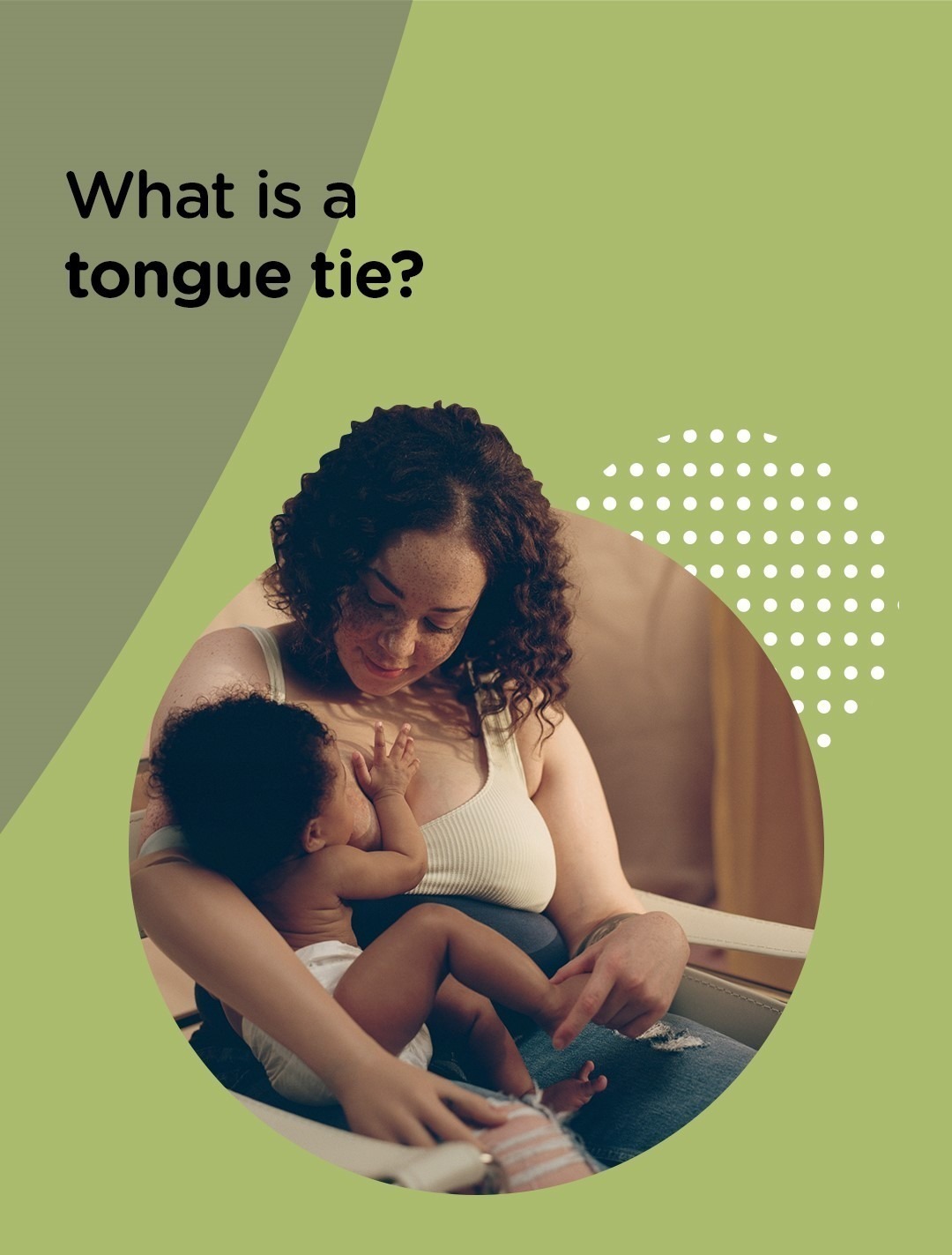Interesting fact alert! Did you know that your baby’s teeth started developing in early pregnancy, from around 8 weeks, and occasionally, teeth can be present at birth (natal teeth) or shortly after birth (neonatal teeth).
These are seen in less than 1% of babies and sometimes they need to be removed due to a risk of inhalation or interrupting with feeding. A pediatric specialist can advise you if treatment is required.
What age do babies start teething?
It’s important to remember that all babies are different, but most children start teething and getting their first teeth from around six months of age and will have all 20 of their milk teeth (also known as baby teeth, primary teeth, or deciduous teeth) by the time they’re 2½ to 3 years old.
What order do baby teeth grow in?
Here’s a handy rough guide to how a baby’s teeth usually emerge…
- Bottom incisors (bottom front teeth): These are usually the first to come through, usually at around six to 10 months.
- Top incisors (top front teeth): These tend to come through at about eight to 12 months.
- Top lateral incisors (either side of the top front teeth): These come through at around nine to 13 months.
- Bottom lateral incisors (either side of the bottom front teeth): These come through at around 10 to 16 months.
- 1st Molars (back teeth): These come through at around 13 to 19 months.
- Canines (often known as the ‘fang’ or ‘eye tooth’): These come through at around 16 to 23 months.
- 2nd Molars: These come through at around 20 to 30 months.
The age at which teeth erupt vary a lot between children, but actually, the age at which the teeth come through is not so important. What is important is the order they come through. The list above is the order in which they come through. If they come through in a different order, let your dentist know, as it can indicate a possible problem like congenitally (inherited) missing teeth, or a wider health condition.
Your baby’s first teeth may look small (and though they’re eventually replaced), they’re really important. They act as placeholders for adult teeth, and help them to chew, and smile. Those little teeth are also vital for speech development and help your baby to produce sounds like “l”, “th”, and “sh”.
If they aren’t cared for properly, they can decay, leading to pain and infection that could potentially affect the spacing and the health of permanent teeth in later life.
How to care for a baby’s gums
Even before their teeth appear, it’s important to care for your baby’s gums from the get-go. Doing so gets them used to having their mouth cleaned and can make it easier to introduce toothbrushing when their teeth arrive.
You can do this by wiping down their gums with firm but gentle pressure at least twice a day using a clean piece of gauze, a moistened washcloth, or a specially designed rubber finger brush.
This baby care step is particularly important after feeds and before bedtime, because plaque can still exist in a baby’s mouth even before they have teeth, and this can cause bacteria to build up which could potentially harm their delicate gums and tiny new teeth when they start to grow in.
How to care for baby teeth
So, the question is, what can you do to care for your little one’s teeth once they appear?
Brush, brush, brush!
Everyday habits that you do at home form the foundation for a healthy set of teeth. You should begin brushing your child’s teeth morning and night as soon as they appear through their gums. Before bed is the most important time, as teeth are most prone to developing decay during sleep because of a drop in our saliva production.
It will take time for them to get used to this new step in their daily routine, but rest assured that by being gentle and persevering, they’ll soon get used to it! It can be tricky to brush your baby’s teeth, so try letting them hold and chew on one toothbrush while you use another to brush the teeth.
To get started, try gently brushing their teeth in small circles using a baby toothbrush with a small head and a tiny smear of fluoride toothpaste that’s made for babies, covering all the surfaces, and then encourage your child to spit the toothpaste out afterwards. Sitting your baby on your lap, facing away from you can make it easier for you to reach their teeth, and talking to them as you brush is a great way to provide reassurance.
Little one’s gums are delicate, so buying a soft bristle toothbrush and soaking their it in warm water for a few minutes before brushing can soften the bristles.
Remember to replace their toothbrush every three months or as soon as it shows signs of wear, and never share a toothbrush with others.
For older little ones, these tips might help to achieve the desired two-minute brush…
- Use a good old fashioned egg timer to time two minutes and remind your little one to keep brushing until all the sand has travelled from top to bottom. Split the mouth into four sections and spend 30 seconds on each.
- Pop on a fun Brushing your Teeth song.
- Create a sticker reward chart and offer an incentive if they achieve a whole weeks’ worth of brushing.
- Let them choose their own, age-appropriate toothbrush, perhaps there’s one in their favourite colour or superhero theme!
Say no to sugar
When little ones get their first teeth and start weaning, they’re able to begin enjoying a whole variety of food textures and flavours, but it’s important to remember that the enamel on a baby’s teeth is thinner than an adult’s, which makes them more vulnerable to cavities and decay.
Try to minimise the amount of sugar in your child’s diet, including meals, snacks, and drinks. If you can, look for sugar free versions of their preferred treats, and steer clear of sugary drinks and sweets. Don’t worry if ‘bad food’ moments happen occasionally, but if you can, restrict giving sweet foods to mealtimes as this will reduce the damage to their teeth.
Once your baby is old enough to drink anything other than milk, the best drink you can give them is water.
Choose the right cup
Try to encourage your little one to sip from a cup as early as possible. This is an important step in caring for their teeth because drinks flow very slowly through a bottle teat as they suck, which means any sugary substance will be in contact with their teeth for longer, which can lead to tooth decay.
Drinking from a cup not only reduces the chances of acid erosion and promotes healthy oral development, but it also allows your little one to feel independent and improves their hand eye co-ordination.
Take a trip to the dentist
The dentist can seem like a daunting place, but it needn’t be if you get your little one used to the idea early on! Ideally their first appointment should be before their first birthday.
It’s a good idea to lead by example and start taking them to the dentist with you whenever you have an appointment. That way, they can get used to the surroundings and any unfamiliar sights and sounds.
Try to make the idea of visiting the dentist fun! There are lots of great children’s books and videos about going to the dentist and caring for your teeth that you could show your little one in preparation.
Taking your baby to the dentist when their first tooth comes through or by the age of one at the latest is recommended and gets them accustomed to dental practice visits from an early age. It’s important that you register them for their own regular dental check-ups to keep an eye on the development of their oral health. Even getting your little one to open wide so the dentist can look at their teeth is a great first step.
At these appointments, your dentist can identify any oral health problems at an early stage, and they can also reassure you that you’re doing a good job when it comes to caring for your baby’s teeth, or perhaps offer some advice and support if you’re struggling.


